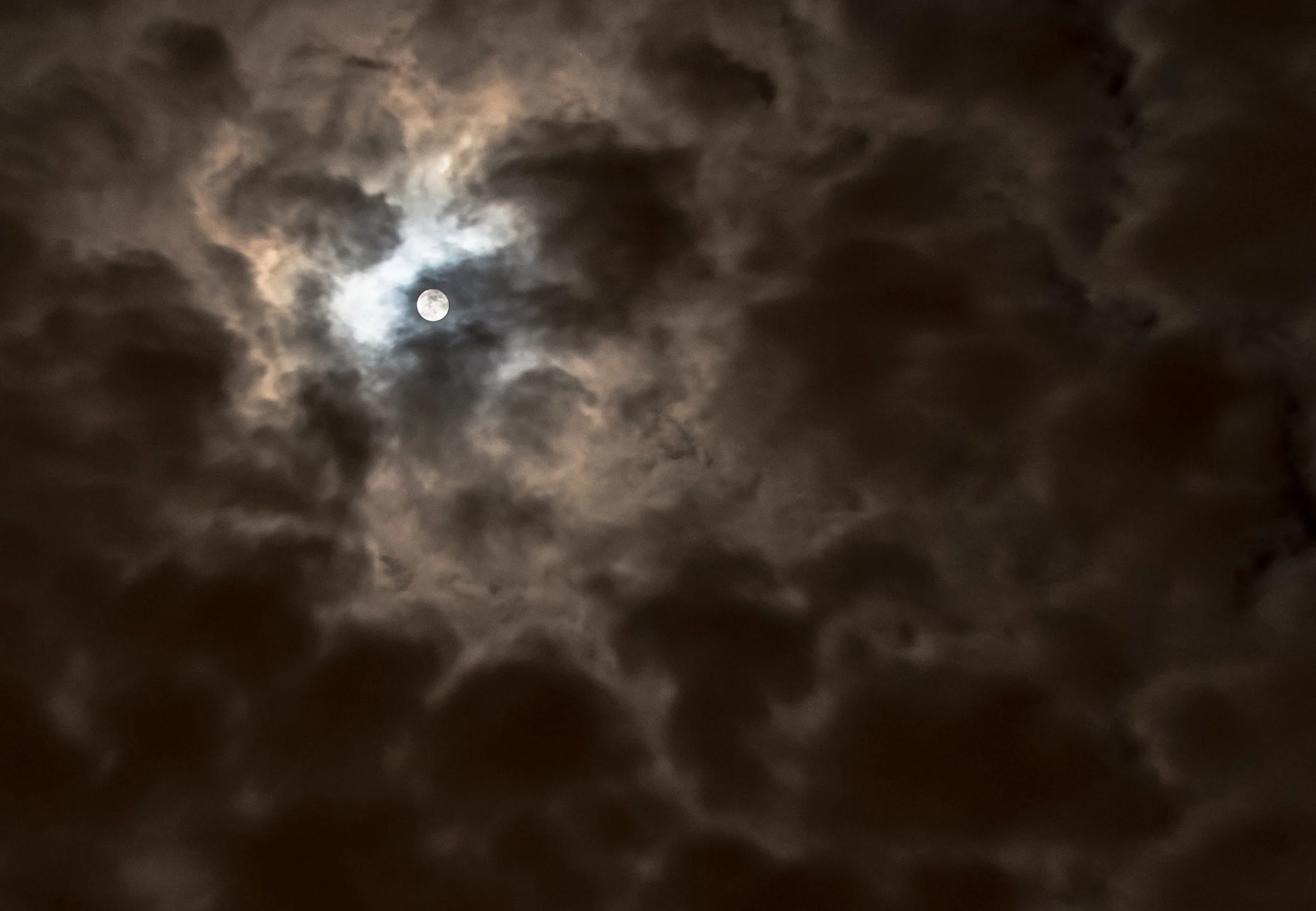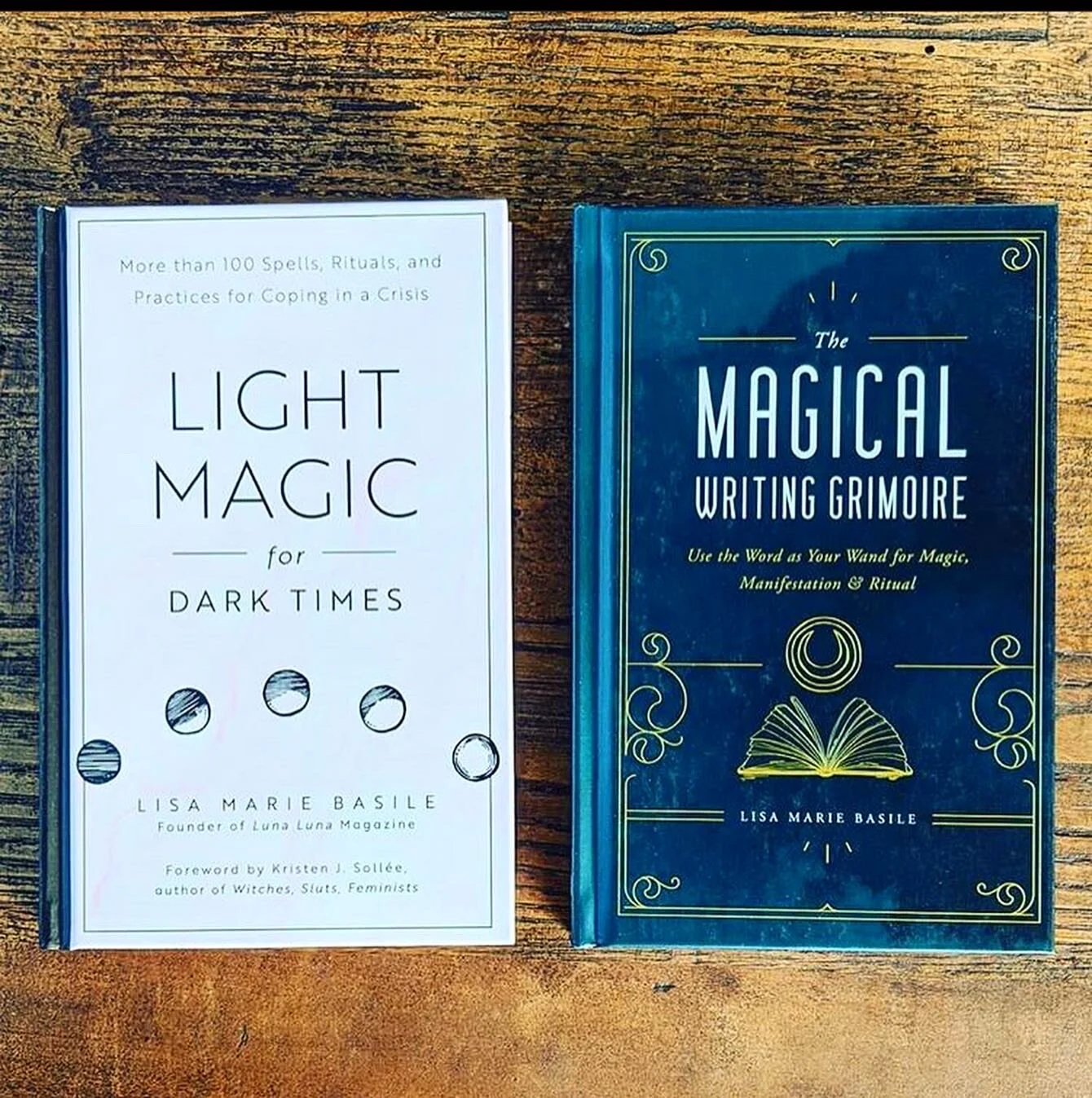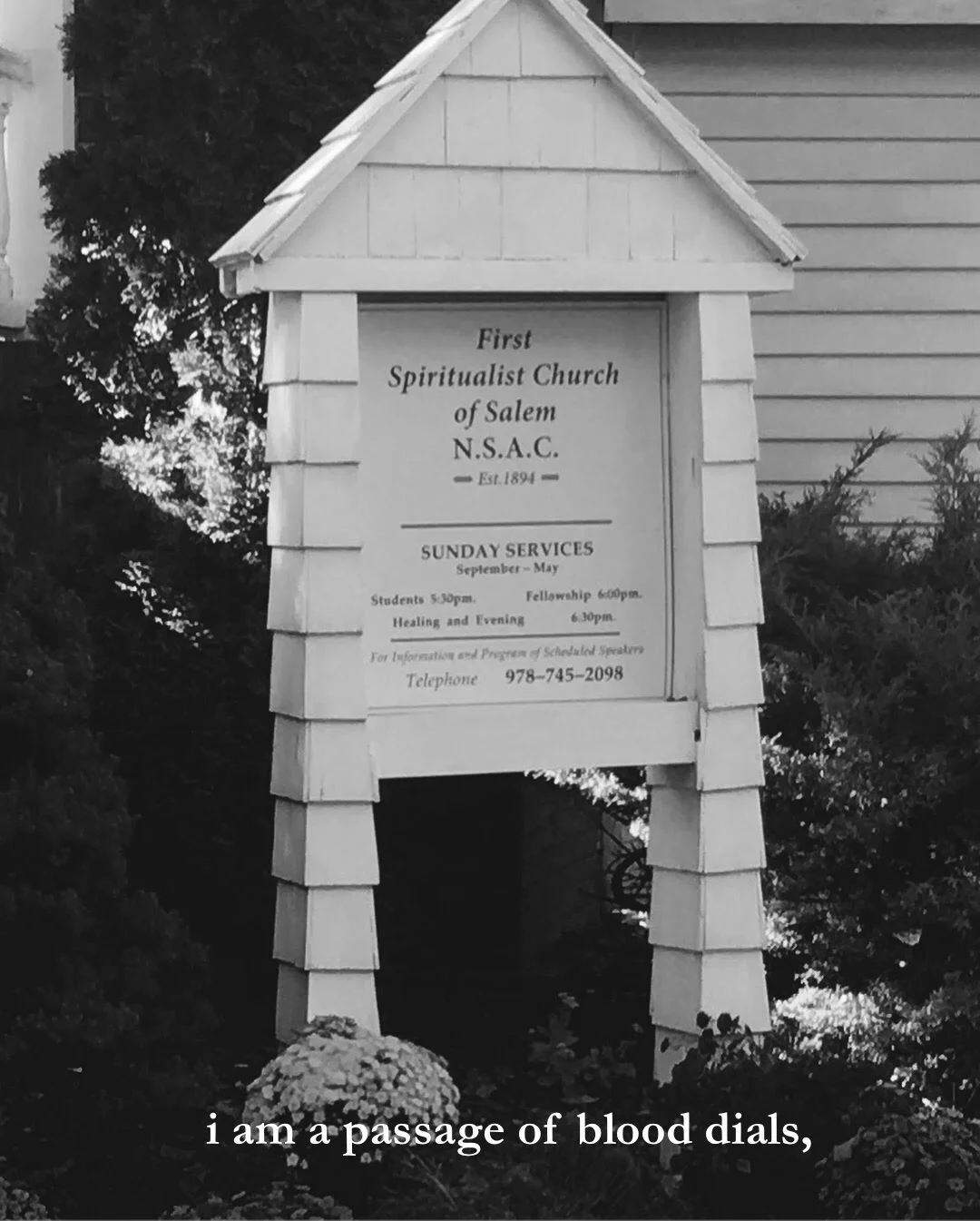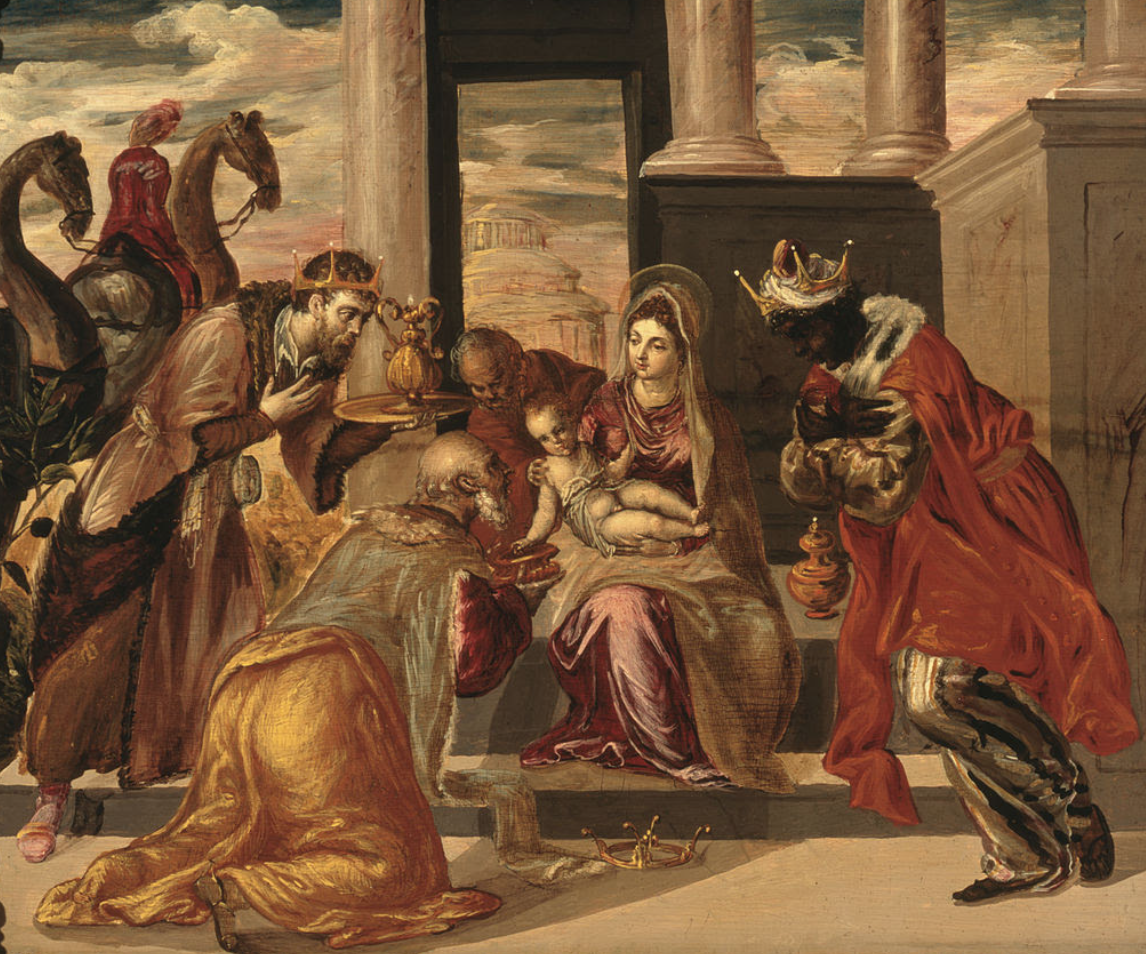BY COOPER WILHELM
A little before my time, the story goes, the church at the end of the street commissioned a local artist to paint the stations of the cross, and when he did he surprised everyone by including the church elders in the paintings as apostles, townspeople, Roman soldiers, and the like. The story also goes that, although they still kept the paintings, being included in them made the church elders upset. Back when I still went to church, the culture of the church at the end of the street maintained a separation between church stories and church gossip. The Bible was long ago, your life was your life, and it would be frankly rude and a little creepy to discuss any relationship between the two in any detail.
So, when the pastor allegedly rode off on his motorcycle with the choir master’s daughter, leaving behind questions about a significant amount of money missing from the church coffers (so the scuttlebutt goes, I can’t confirm any of it), it is likely no one drew comparisons between that and, say, the Exodus or something in Revelations. And it similarly stands to reason that when a congregation of Georgian immigrants joined the church, and three of them subsequently performed as The Three Kings during the yearly nativity play, many didn’t think much of the significance of this beyond the fact that “We Three Kings” sounds significantly better in Russian.
But the significance of these Kings, and significance of coming to embody them or any other figure in this direct way is clearer now after having read an excellent new book by Alexander Cummins: A Book of the Magi: Lore, Prayers, & Spellcraft of the Three Holy Kings, volume 3 in Revelore Press’s Folk Necromancy in Transmission series. A broadly researched and well-crafted exploration, Cummins’s book demonstrates the ongoing relevance of the Three Kings over the last millennium and a half, and offers a surprisingly practical guide for including them in your own spellcraft.
Cummins begins with a racing review of 1500 years of Three Kings lore, showing how as the first to bow before Christ and thus the first to demonstrate proper Christian devotion, their position in Christian discourse was frequently ancestral. Although they were not saints per se, and not really Christian either, the Kings still became venerated as holy models for Christian piety, and became the subjects of shrines and pilgrimages.
In time, the Kings came to exist in a space that might blur the present-day lines between worship and witchcraft. Early Christian pilgrims would make or use eulogiae of the Kings, which came in different forms including essentially talismanic clay amulets featuring images of the kings and made from the soil of sites holy to them. Often these clay tablets would be crushed and swallowed in the hopes of benefiting from their miraculous properties. Cummins also lays out how the Kings’ following a star was used during the Renaissance as a model of a kind of Christian astrology to validate astrology as an acceptable and holy art.
This ancestral role the Kings played also went beyond the spiritual and into the political. Spanish colonists in the New World made use of the idea that the Kings, having come from the four corners of the earth to adore the Christ child, could be viewed as universal ancestral figures representing all peoples of the world to claim that colonized peoples had ancient connections to Christianity that they had merely forgotten. In so doing, Cummins argues, missionaries gave themselves the horrifying added rhetorical power of retroactively colonizing the dead in addition to colonizing the living.
But, Cummins argues, these “efforts to convert native populaces gave [colonized peoples] mythic structures that could be adopted to challenge that very colonising authority.” The colonized, in being told that The Kings had been pilgrims from their own lands, were then able to use The Kings to claim their right to be kings themselves. During yearly Epiphany celebrations honoring The Kings, colonized peoples took up the European practice of dressing as the Kings and demanding tribute, to the anxiety of colonial authorities. In 1609, rumors began to circulate through Mexico City that black residents had chosen the night of the Epiphany to elect their own kings in a symbolic challenge to colonial authority. These symbolic acts of reclaiming power became, in Cummins’s telling, a source of fear in the hearts of local colonial rulers: “The shackles placed by colonial masters upon the ancestors of their servants and slaves had been thrust into the fire of their nightmares and had been forged back into crowns.”
The treatment of this particular aspect of the history of The Kings can feel a bit quick, and might well leave the reader asking for more detail, especially into how the politics of the use of The Kings in anticolonial activity evolved. But the primary focus of A Book of the Magi is how, as ancestral magicians, the Kings came play a role in traditions of magic and sorcery, and for this Cummins collects and lingers over a number of great finds and experiments.
Jumping hither and yon in what could serve as a kind of Medieval Grimoires 101, Cummins skips through a number of different spellbooks to present examples of The Kings being invoked work wonders. Included are magical operations to, say, use The Kings and iron nails to ward off epilepsy as described in The Black Dragon, or to call upon The Kings and use “[p]ills made of the skull of one that is hanged” to cure rabies from Jean Bodin’s Of the Demon-mania of the Sorcerers and Reginald Scot’s The Discoverie of Witchcraft.
Cummins presents these in detail, and some are quite elaborate, especially the rites using The Three Kings to command spirits to bring the practitioner treasure or to transport the practitioner great distances. But the real marvel of this book comes when Cummins moves from reporting the contents of centuries-old texts and begins to describe operations that incorporate his personal research and experimentation. For Cummins is not simply a historian, but also a practicing sorcerer and diviner, offering spells “built upon [his] study of traditional Hoodoo and related folk magical methodologies, chiefly of course African-American Conjure and Latin American folk magic” and based on “discussion with professional rootworkers and Hoodooists.” And it is in this final section of the book that the idea of working with the Kings becomes much more personal and that A Book of the Magi really shines.
A magical experiment involving The Kings from Reginald Scot’s The Discoverie of Witchcraft
Here the spells take on a very practical tone, using materials one can assemble on a budget to develop tools for magical workings. Cummins offers methods for making oil for safety while traveling, incorporating the Three Kings into your altar, and invoking their help with a kind of crown: “Wear the crown when you are studying magic or searching for something. I have found this Crown assists in divination (a form of searching after all), as well as performing these sorts of magian operations.” There’s even a cake recipe.
In so doing, Cummins reveals the relative slimness of this volume for what it is: an invitation for you to pick up this journey and begin your own explorations. Whether it be the history of Three Kings lore, where any of the episodes Cummins covers in page-long summaries might warrant or already have the dedication of a full book, and any of the spells might offer a framework for you to adapt to your own needs and knowledge.
The Kings become more than something to simply be learned about or engaged with, but something to be harnessed and embodied. Much like the church elders painted into the stations of the cross of the three men singing “We Three Kings” in Russian, we might let our faces become the faces of The Kings, our voices become their voices, our tongue become their tongues, and—more vitally—we might make their power our power.
—
Cooper Wilhelm is an occultist, researcher, and poet in NYC. He is the author of three books of poetry, including DUMBHEART/STUPIDFACE (Siren Songs/2017). More at CooperWilhelm.com and on twitter @CooperWilhelm































